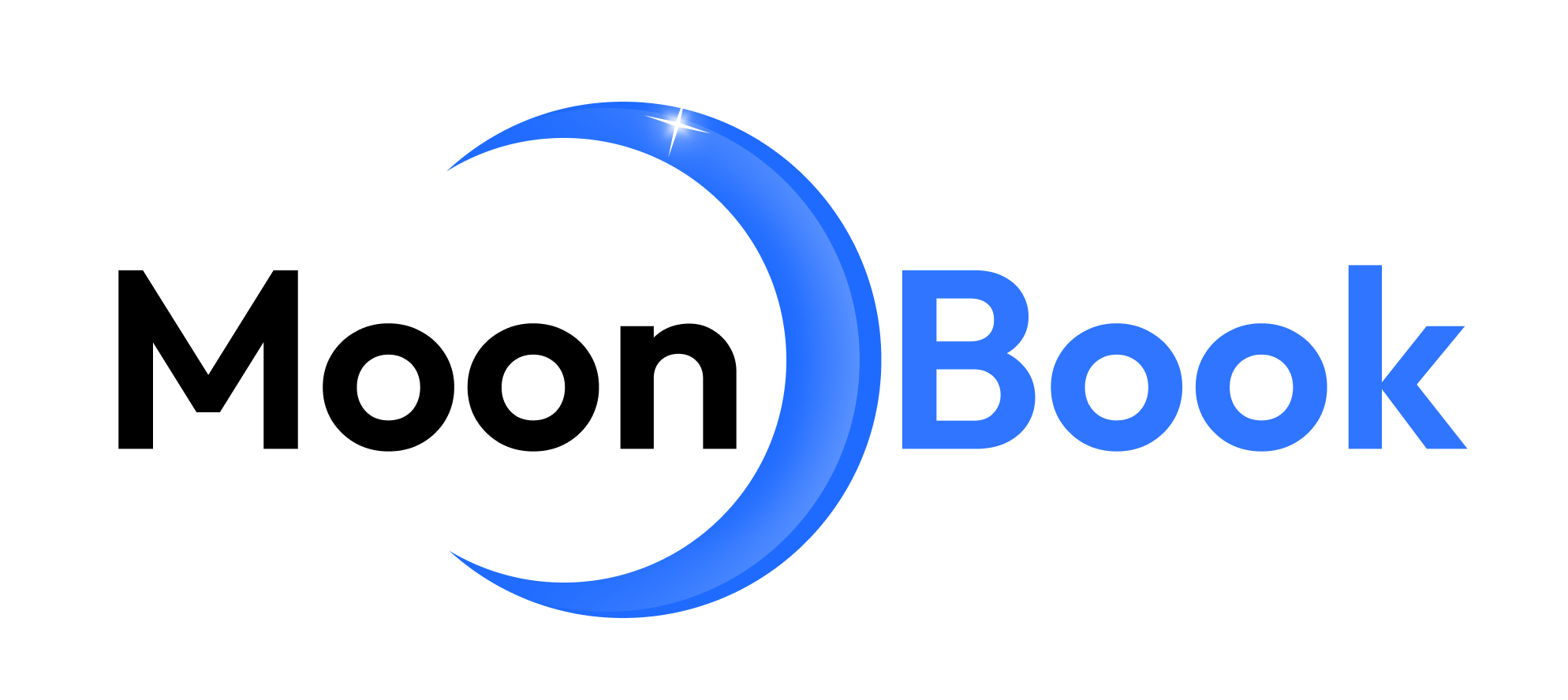The global Windows Market is witnessing significant growth, fueled by rising demand across residential, commercial, and industrial sectors. Windows, a critical component of building infrastructure, not only enhance aesthetics but also improve energy efficiency and indoor comfort. The market's dynamic landscape is shaped by technological innovations, shifting consumer preferences, and increasing focus on sustainable construction.
Driven by rapid urbanization and increasing construction activities worldwide, the windows market is projected to experience steady expansion. Advancements such as smart windows and energy-efficient glazing technologies are opening new avenues for growth. At the same time, stringent regulations on building energy codes are compelling manufacturers to innovate and offer high-performance products.
However, challenges such as fluctuating raw material prices and high installation costs may restrain market growth to some extent. Despite these barriers, increasing renovation activities and government initiatives promoting green buildings present substantial opportunities for market players.
Request a Sample Report: https://researchintelo.com/request-sample/5172
Market Drivers:
-
Growing construction and infrastructure development, particularly in emerging economies.
-
Rising demand for energy-efficient windows to reduce heating and cooling costs.
-
Increasing consumer preference for aesthetically appealing and customizable window designs.
-
Technological advancements including smart and automated window systems.
-
Government mandates on sustainable building materials and energy consumption.
The windows market benefits from an ongoing shift toward eco-friendly materials and designs. Consumers and builders alike are emphasizing sustainability, leading to greater adoption of double-glazed, triple-glazed, and low-emissivity glass windows. Furthermore, innovations like self-cleaning glass and noise-reducing windows add functional value, propelling market expansion.
Market Restraints:
-
High costs associated with advanced window technologies and materials.
-
Volatility in prices of raw materials such as aluminum and glass.
-
Complex installation processes requiring skilled labor.
-
Economic fluctuations affecting construction investments.
Despite these challenges, manufacturers are focused on cost optimization and product innovation to meet diverse consumer needs. The increasing trend of retrofitting old buildings with modern window solutions also helps mitigate some barriers.
View Full Report: https://researchintelo.com/report/windows-market
Opportunities in the Windows Market:
-
Expansion of smart window technologies integrating sensors and automation.
-
Growing demand for windows tailored to withstand extreme weather conditions.
-
Rising preference for custom and designer windows in premium real estate.
-
Expansion in commercial and institutional infrastructure creating bulk demand.
-
Emerging markets in Asia-Pacific and Latin America providing high-growth potential.
As urban populations surge, infrastructure development in Asia-Pacific is a major catalyst for the windows market. Governments in this region are investing heavily in housing, commercial buildings, and smart city projects, thereby increasing window demand. Additionally, the global push for energy conservation and reduction of carbon footprints is fostering innovation in window materials and manufacturing processes.
Enquire Before Buying: https://researchintelo.com/request-for-customization/5172
Market Dynamics and Value Insights
The windows market is segmented by product type, material, application, and region. Among materials, uPVC and aluminum windows dominate due to their durability and low maintenance. Glass innovations, including laminated and tempered glass, continue to rise in popularity for safety and aesthetic reasons.
In 2023, the global windows market was valued at approximately USD 120 billion and is forecasted to reach USD 180 billion by 2030, growing at a CAGR of around 6.5%. Residential applications accounted for the largest share, driven by new housing projects and renovation trends. Commercial buildings are also increasingly adopting high-performance windows to meet energy efficiency standards.
Bullet points summarizing key growth drivers:
-
Urbanization increasing demand for new residential and commercial buildings.
-
Stricter building codes enforcing better insulation and window standards.
-
Growth in renovation and retrofit markets, especially in developed countries.
-
Technological adoption, including smart and automated window solutions.
-
Rising consumer preference for customized, stylish window designs.
Check Out the Report: https://researchintelo.com/checkout/5172
Regional Insights
North America and Europe are mature markets focusing on energy efficiency and smart window integration. In contrast, the Asia-Pacific region offers vast growth potential due to rapid urbanization, industrialization, and rising disposable incomes. Countries like China, India, and Southeast Asian nations are leading new construction activities, contributing to the expanding windows market.
Latin America and the Middle East & Africa regions are emerging markets witnessing increased construction investments, especially in commercial infrastructure and luxury residential projects. Additionally, government incentives in these regions encouraging green building practices support windows market growth.
Trends to Watch
-
Integration of Internet of Things (IoT) technology into window systems for smart homes and buildings.
-
Increased use of recyclable and eco-friendly window materials to minimize environmental impact.
-
Enhanced safety features in windows, including impact resistance and burglar-proof designs.
-
Adoption of automated shading and tinting technologies for better climate control.
Conclusion
The windows market continues to evolve, driven by urban growth, technological advancements, and sustainability goals. Industry players who capitalize on innovative materials and smart solutions while addressing cost and installation challenges will thrive. For investors, manufacturers, and stakeholders, understanding market dynamics and regional trends is essential to making informed decisions.


